Affiliate links on Android Authority may earn us a commission. Learn more.
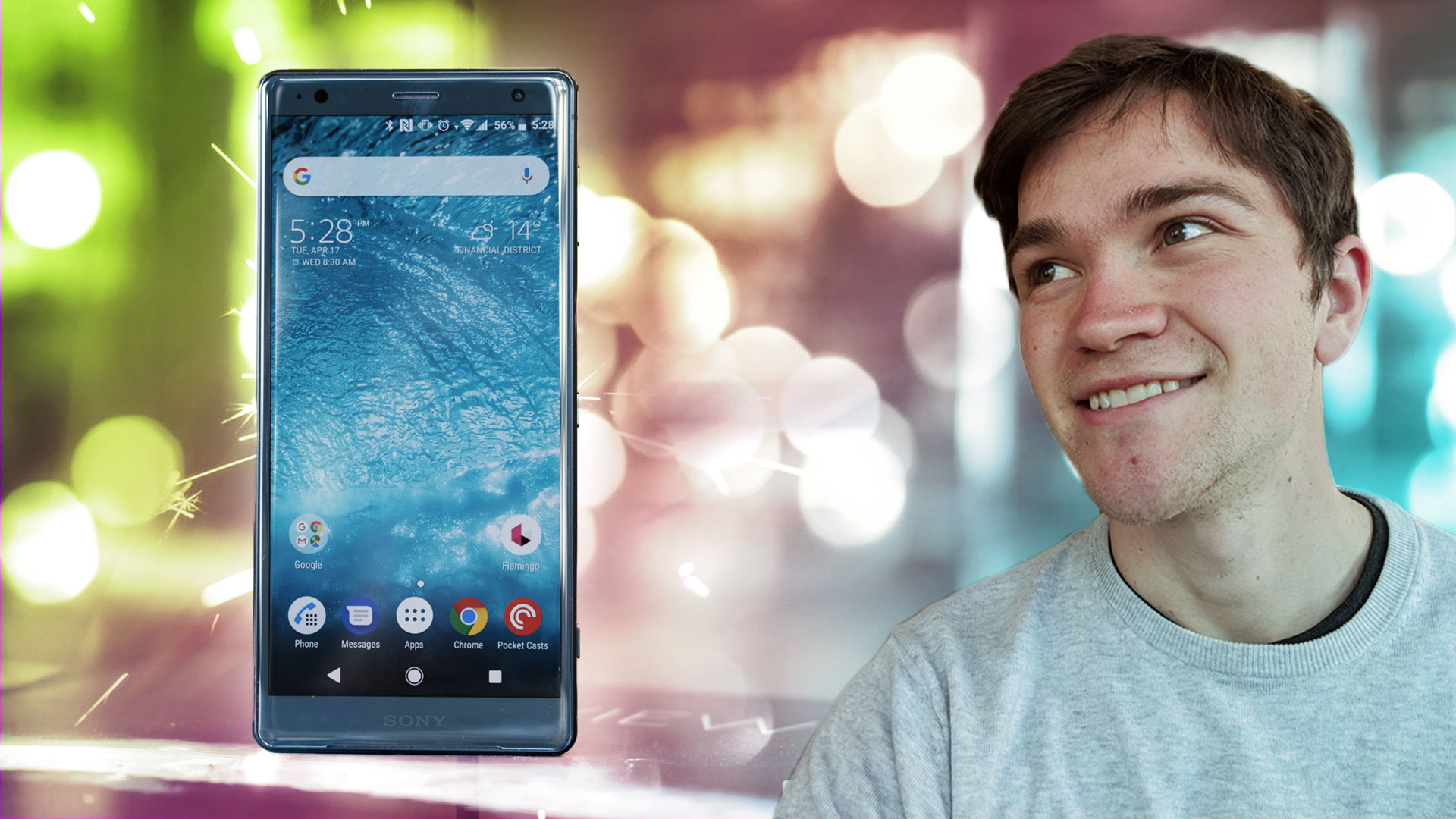
Sony Xperia XZ2
What we like
What we don't like
Our scores
Sony Xperia XZ2
Sony is a company that likes to stick to what it knows. The Xperia line has had almost the exact same design since the Xperia Acro S in 2012. In the smartphone world, that’s an eternity.
Over the past year or so, just about every Android phone has adopted the new industry trends — near-bezel-less displays and more ergonomic form factors — while Sony stood by and stuck to its big-bezeled guns.
Form is only part of a smartphone experience, though. Sony often brings the heat with features and internal specifications. We’ve seen innovations like 3D object scanning and 960fps super slow-mo video come from the company, but can its latest innovations convince consumers to leave the competition?
That’s what we aim to find out in this Sony Xperia XZ2 review.
Design
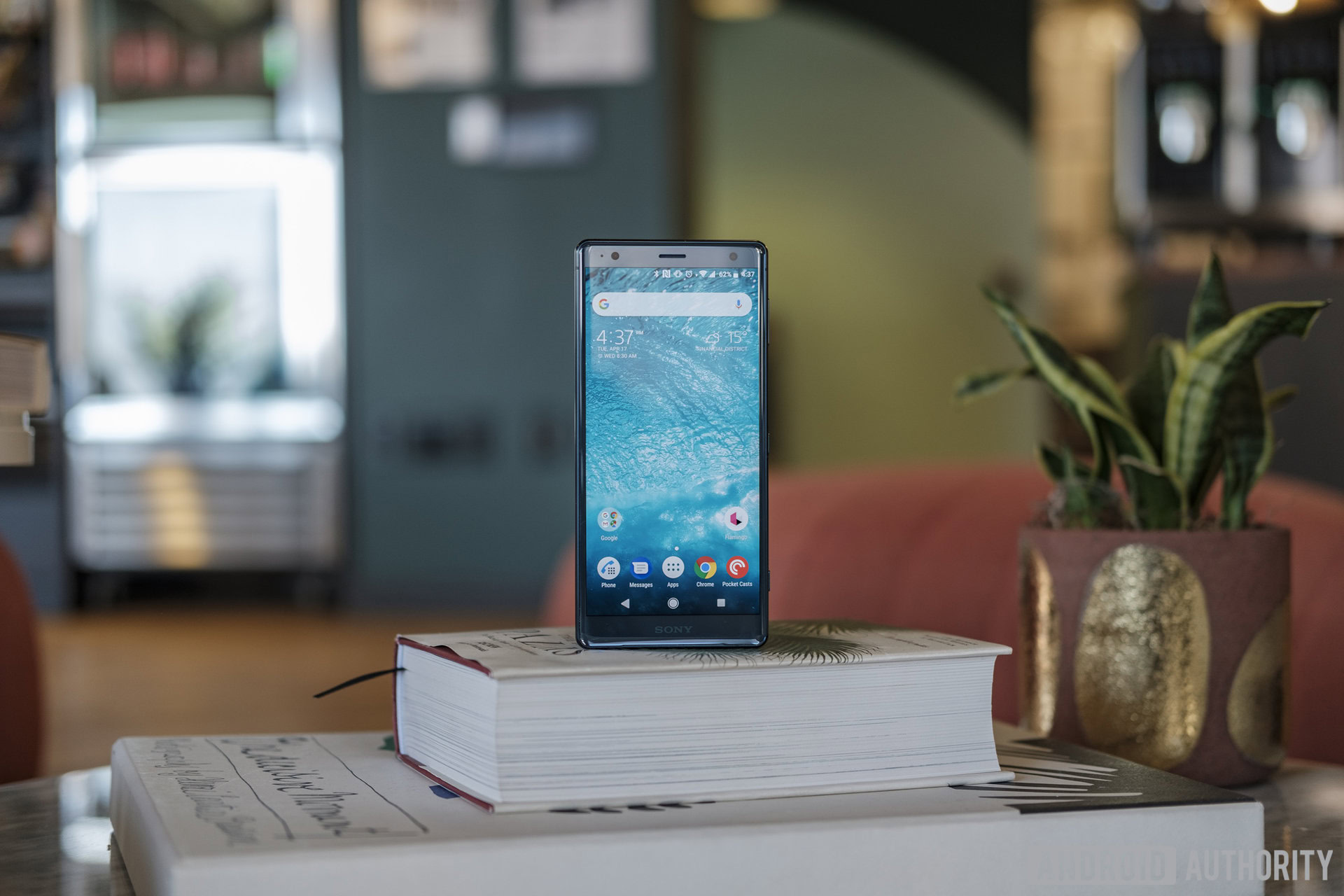
The Sony Xperia XZ2 brings an entirely new look to the smartphone line, while taking obvious design cues from phones of Xperia’s past.
The new phone maintains the same squared-off face of previous models, but brings in a new curved back and rounded edges. Sony says the phone still embodies its omni-balance design, which evenly distributes the weight throughout the body, so it shouldn’t feel heavier on the on the top or bottom half of the device. While this curve is nice to hold in the hand, it makes this phone possibly the slipperiest device I’ve ever held. It slid out of my pocket at least a dozen times over the time I used it, resulting in a number of hairline scratches in the screen.
Sony's thicker design gives you a better handle on a very slippery phone.
Still, the curve is an interesting design decision. It makes the phone quite a bit thicker than other devices on the market, coming in at 11.1mm. For reference, Google’s Pixel 2 is only 7.8mm thick. While some might desire the slimmest phone possible, I quite like having something a little chunkier — it gives me more grip when holding the device in one hand.
Most of phone’s buttons are on its right side. The power button is curiously in the direct center of the right side, which gave me a lot of trouble for the first two days using the phone. This is likely a callback to the omni-balance design language of the device, but I found that I had to rethink the way I hold a phone in order for this to feel natural.
The volume buttons on the Sony Xperia XZ2 are housed above the power button near the top, while a dedicated camera shutter trigger sits below. I quite like that Sony included this additional button, since it rests almost exactly where I found my index finger resting when taking a photo in landscape orientation.
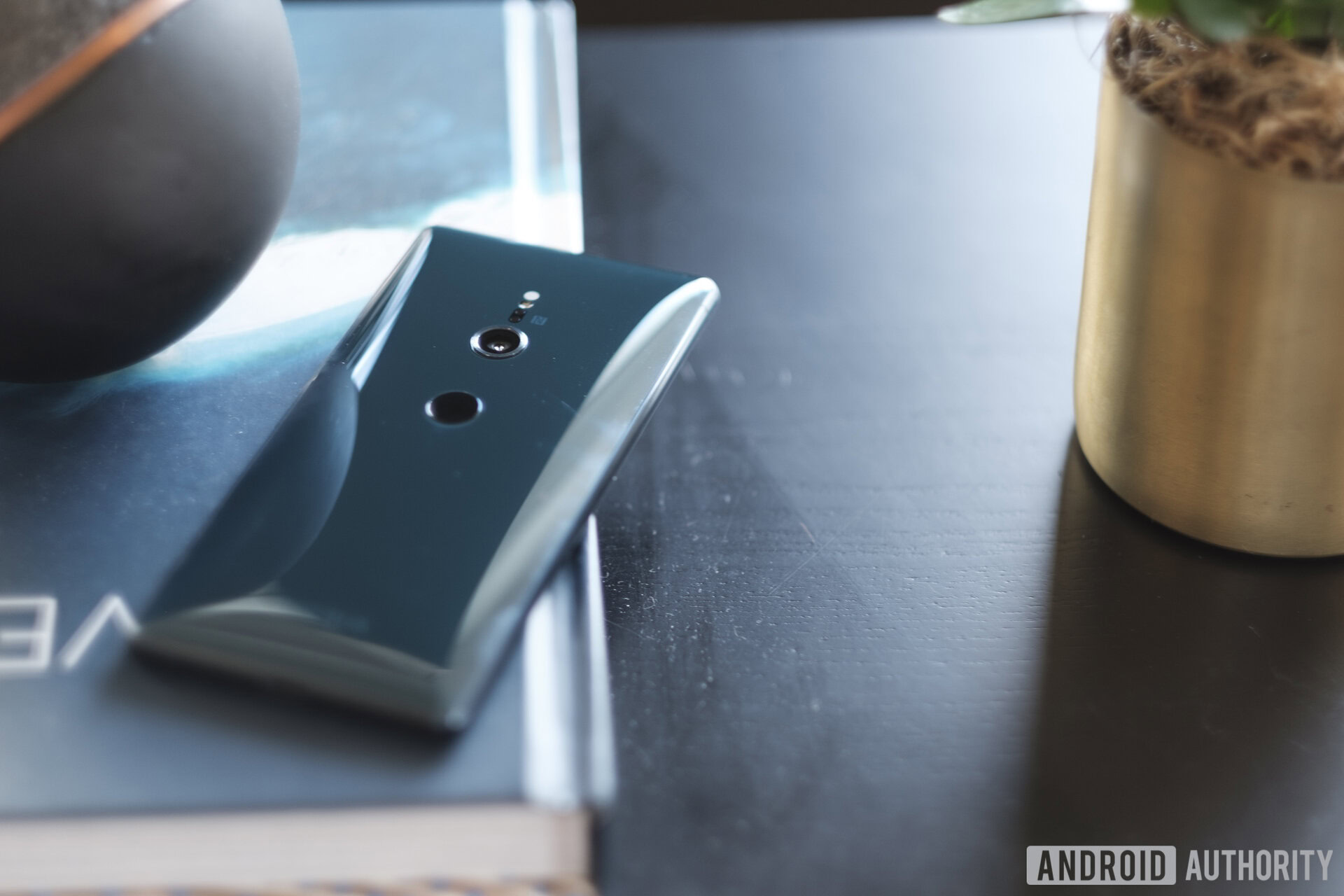
The camera and fingerprint reader are on the phone’s back, but neither are where you would expect. The fingerprint reader is almost perfectly centered to the back of the phone, clearly another callback to the omni-balance design. I found this positioning extremely frustrating — I kept accidentally placing my finger on the camera lens to unlock the device. I managed to adjust my grip over time to accommodate the awkward sensor, but it was never as comfortable as how I normally hold a device.
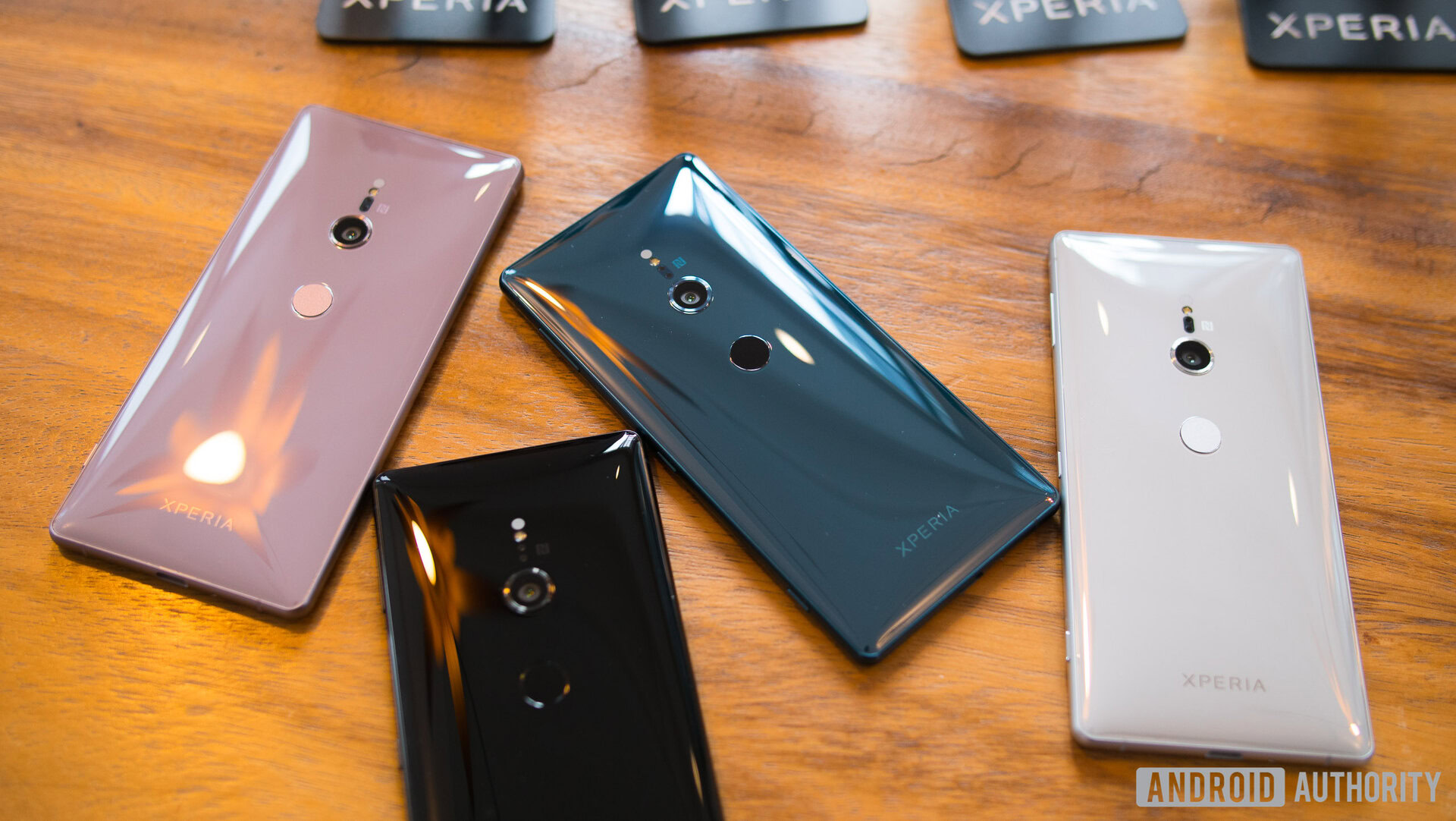
Sony has outfitted the Sony Xperia XZ2 with front-facing speakers and they sound fantastic. The phone doesn’t seem quite as loud as something like the Pixel 2 XL, but I found the highs and lows to be much tighter. It didn’t have the tinny sound the Pixel can have at higher volumes.
Unfortunately, Sony seems to think adding these speakers adds enough to justify the losing the headphone jack. You’re left with a single USB Type-C port and a dongle. The DAC housed inside the chassis at least means the audio quality here is quite a bit better than on other devices. Sony is a leader in the audio industry, and probably figured it wouldn’t need a headphone jack now that Google is supporting high-resolution Bluetooth audio codecs like aptX HD and Sony’s own LDAC.
Display
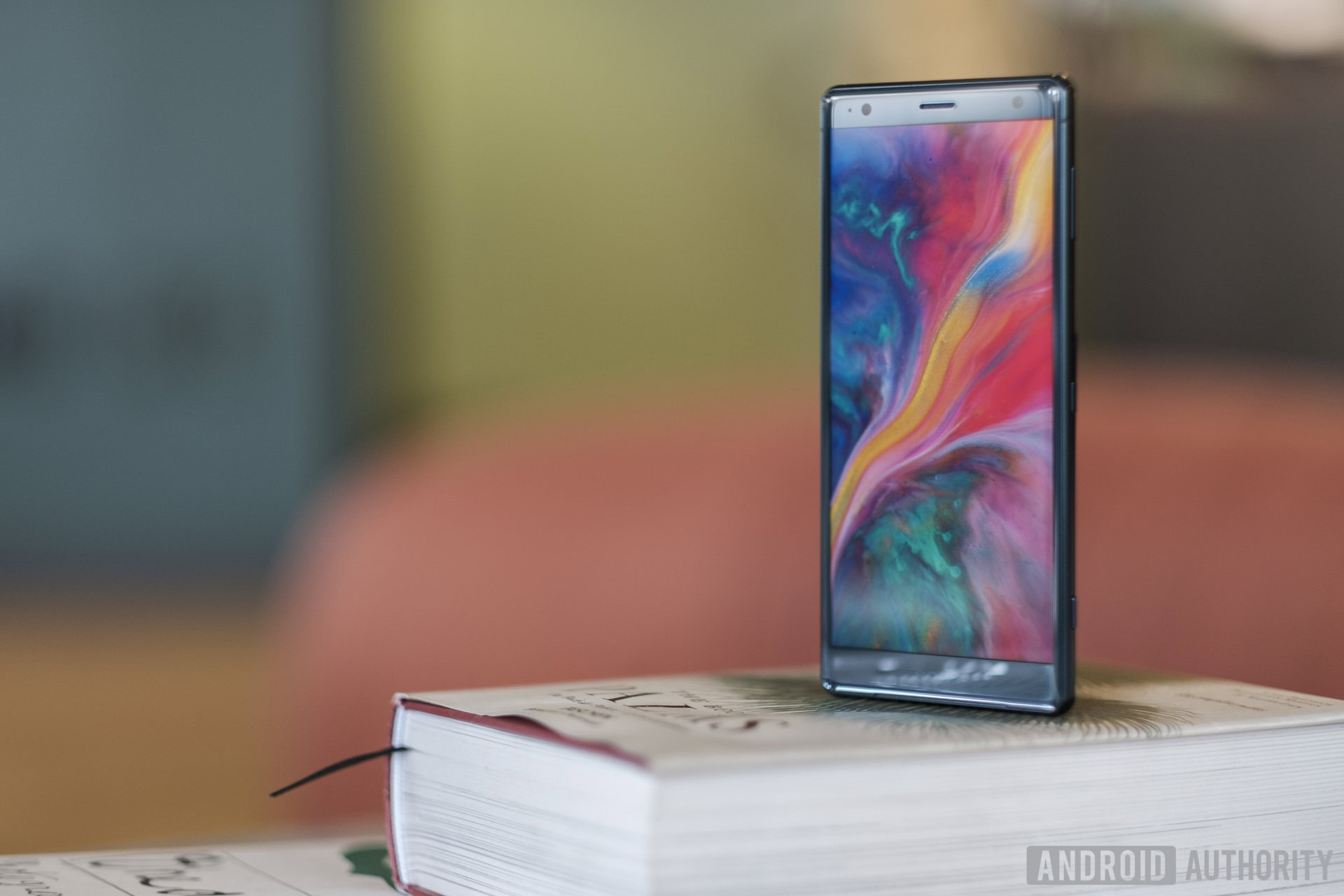
While most of the industry is moving towards OLED panels, Sony has decided to keep using LCDs. This was a smart move in my opinion. LCD panels can still look fantastic when done right, and this 1080p panel looks just as good as the best LCD screens out today. It’s probably smart the company went with this too, since good OLED panels are currently hoarded by a select few companies. Using LCD panels instead keeps costs lower, as well.
Read more: Display showdown: AMOLED vs LCD vs Retina vs Infinity Display
While Sony’s fundamental display technology hasn’t changed, the company’s moved toward the industry trend of using bigger, more immersive aspect ratios. At 5.7 inches, It’s not the biggest mobile display out there, but it feels comfortable to use, and the 18:9 aspect ratio lets you expand media to take up even more of your vision.
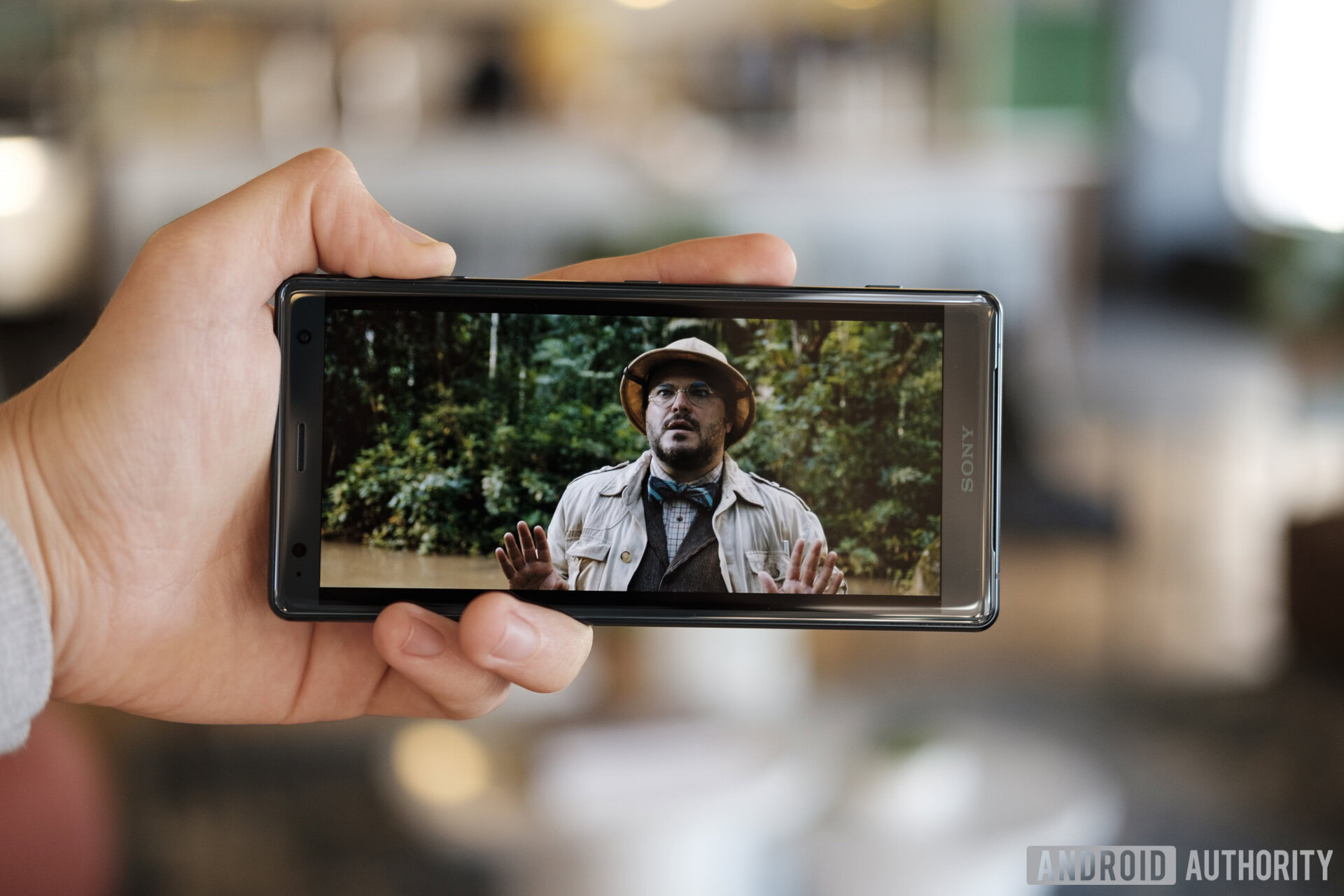
The big thing the Sony Xperia XZ2 is touting with this display is the ability to play HDR content directly on your device. The phone has the ability to display a much wider range of colors, resulting in smoother gradients and brighter, punchier colors. A trailer for Jumanji comes preloaded to showcase the HDR capabilities, and it looks quite good.
It's nice to see Sony getting ahead of the game with HDR compatibility.
HDR technology is still pretty new, so there isn’t a huge amount on the market right now. However, services like Netflix offer HDR content for viewers, so you can get a near-equal viewing experience on your phone as on your TV.
This is the first phone able to record 4K HDR thanks to Qualcomm’s Snapdragon 845, so you can also create your own content that will look great on any HDR-capable screen.
Performance
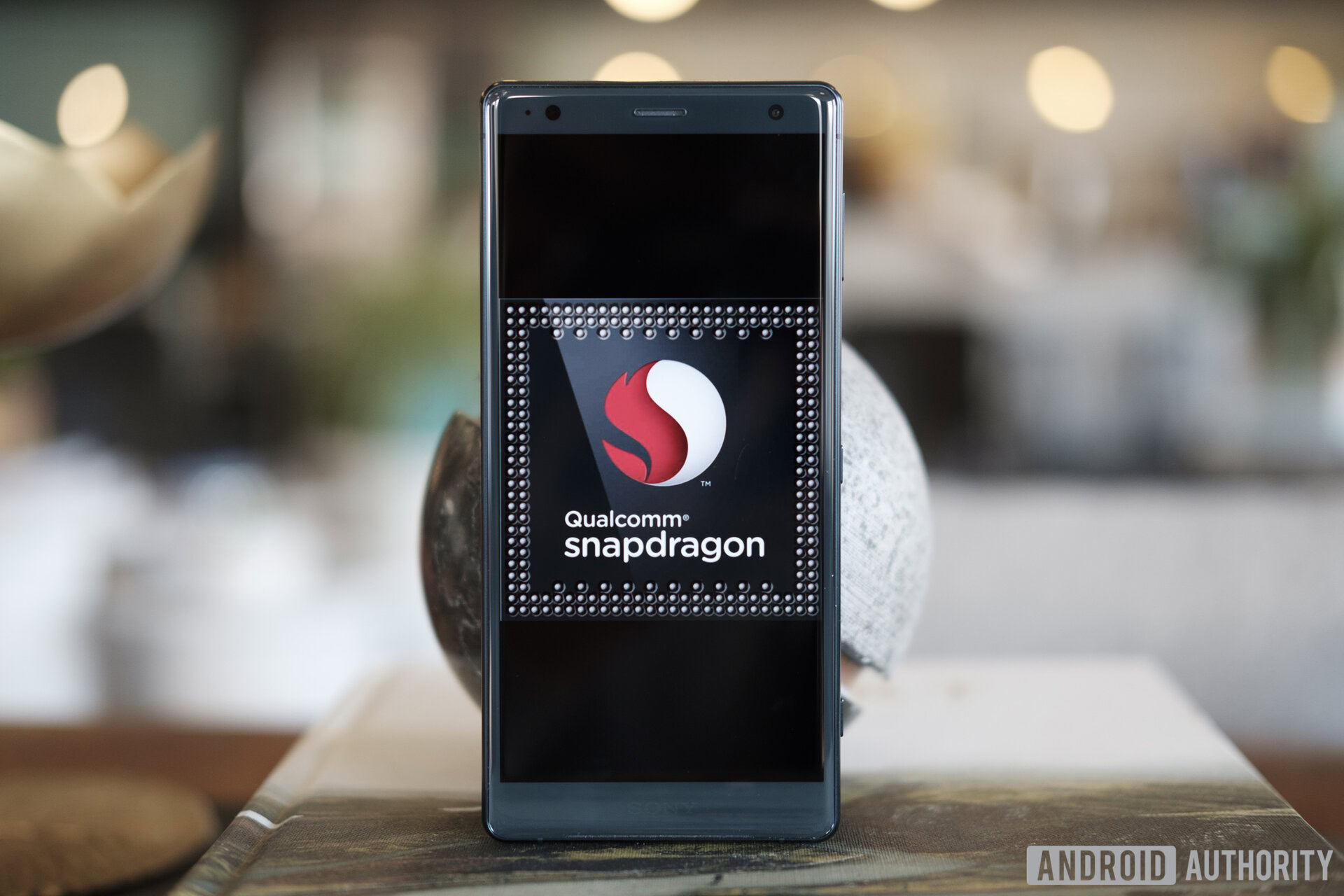
Qualcomm’s Snapdragon 845 is the best SoC you can get in an Android phone right now. Naturally, the XZ2 performed better than 98 percent of phones on the AnTuTu benchmark, with a total score of 262,261. The CPU scored 91,790 points, beating 97 percent of all other devices. The GPU topped out at 106,690 points, which put it ahead of 98 percent of phones.
4GB of RAM isn’t the absolute highest capacity in a phone by any means, but multitasking was just as snappy as I was expecting. I never needed more memory in this thing — I’m assuming it’s just much better managed than a phone like the OPPO R15 Pro.
I found battery life quite good in this phone, capping out at almost six hours of screen-on time during my use. Even better was how quickly this phone charged up. I could be down to an incredibly low amount of battery and toss this on the charger, only to be up to 80 percent or higher about 25 minutes later. Sony also enabled wireless fast-charging via its optional dock.
Hardware
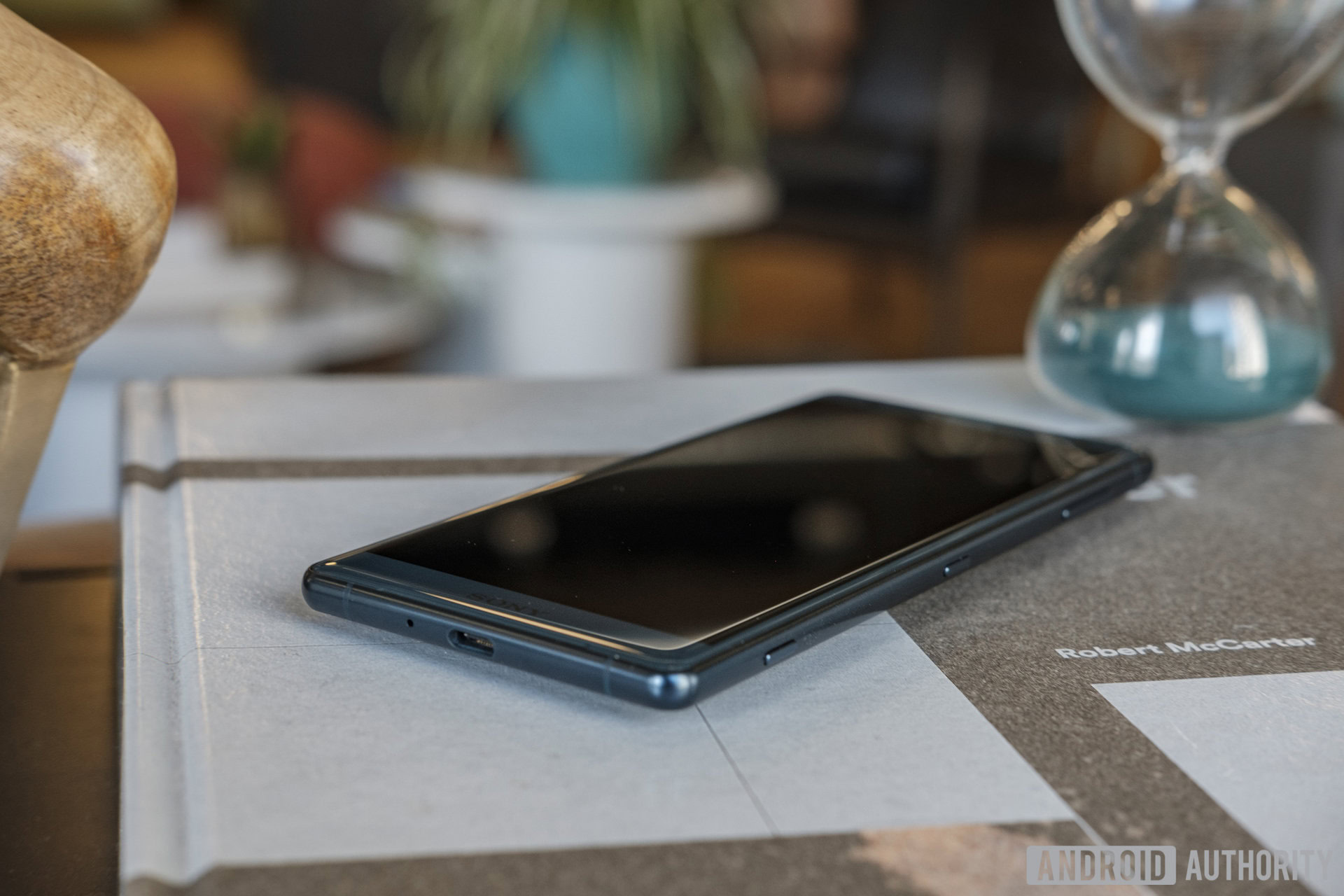
Qualcomm’s Snapdragon 845 processor makes the Sony Xperia XZ2 run like a dream. I didn’t notice any stuttering or performance issues in my week or so using it. This is the best processor you can get in an Android device right now, so there’s really nothing more we could have hoped for here.
At 64GB, included internal storage could use a bit of a boost. It’s enough for most people, but even mid-ranged options are starting offer 128GB. I’d love to see more capacity come standard. Still, Sony has included microSD expansion in the XZ2, meaning you can always boost that storage up to 464GB if you want to buy one of those new 400GB cards.
Sony's Dynamic Vibration Motor is a strange concept that brings little value to the user.
The hardware feature Sony really wants to push in this phone is its completely redesigned vibration motor. This motor is much larger than the motors in other phones, and it is designed to help you immerse yourself in content.
The new Dynamic Vibration system has its own media slider, which lets you adjust intensity alongside the volume, and it will vibrate the device at a variable intensity depending on the media you are consuming. This works with movies, music, YouTube, and more. You can activate it with any content that makes sound.
Overall, I found this feature to be little more than a gimmick. It seemed to make the bass sound better coming out of the front-firing speakers, but I have a feeling that had to do with the vibration in your hand. I personally don’t want my phone to be buzzing every time I play video or audio content. It’s even more impractical if you play that content with your device sitting on a table.
Camera
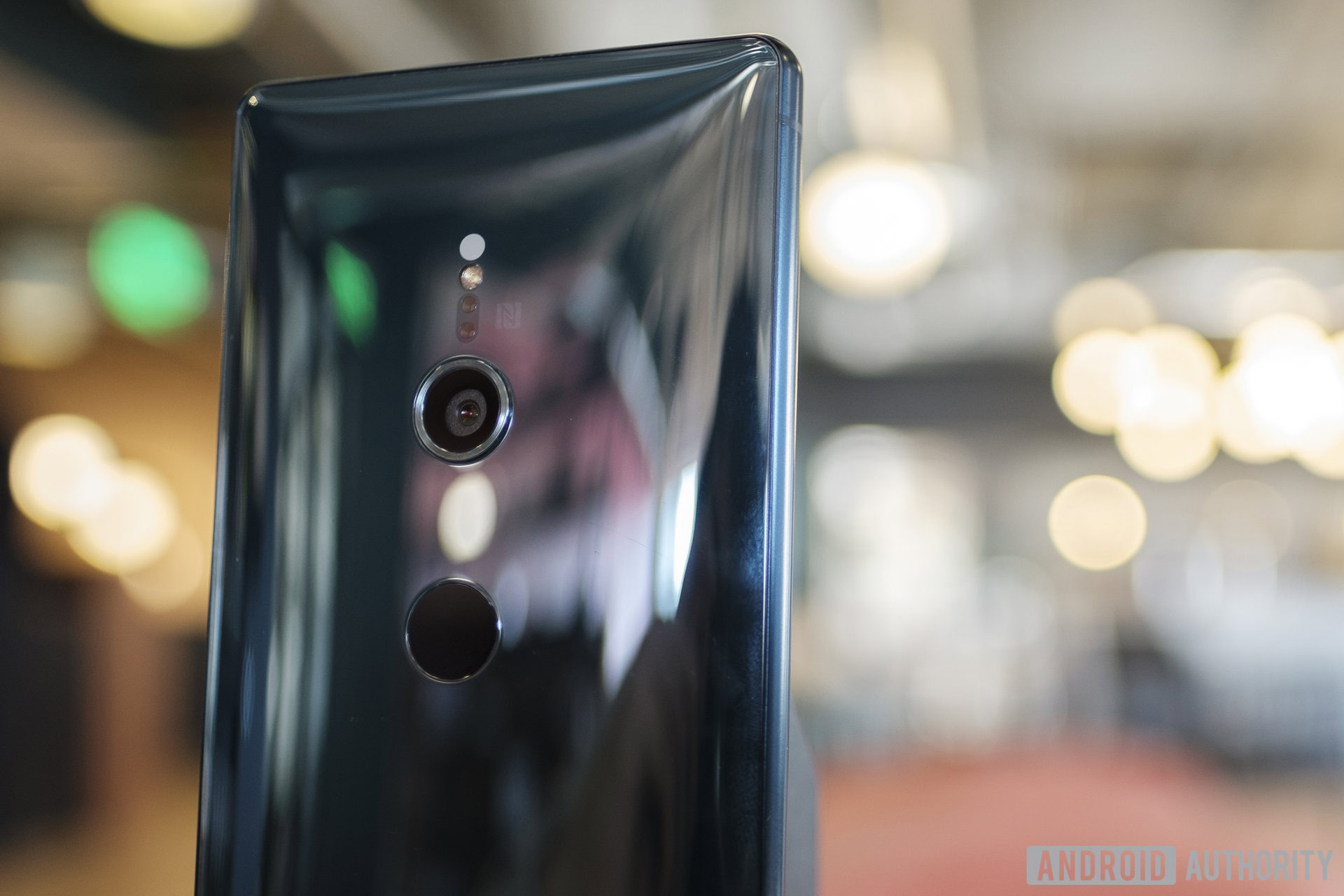
The camera was a big focus on the Sony Xperia XZ2, as is typical for Sony, but I came away pretty disappointed in the quality of the photos. Overall, it felt like Sony focused too much on the “features” and “specs” of the phone, instead on focusing on actual optical quality. I would really like the company to put more effort into creating better-looking photos in the phone’s next iteration.
Low-light performance was quite disappointing. I took a lot of photos at a music show, and the phone struggled with a number of issues, such as shutter speed not adjusting to accommodate for the scene, which resulted in blurry images. In highly lit scenes the phone tended to blow out the highlights, leading to pictures that were near unusable. Overall I think Sony needs to adjust its camera algorithm quite a bit, and I’m hoping to see something more promising in its next device, especially considering how incredible its A7III mirrorless camera turned out to be.
The location of the lens didn’t help with the quality either. My finger ended up on the camera every time I was aiming for the fingerprint reader, so smudges needed cleaning every time I launched the camera app. I would really prefer Sony focused on user experience than on the weight balance of the device.
Note that the sample images above have been reduced from their original size. If you would like so see a full gallery of the full-sized images, check out the sample gallery here.
Sony first introduced a 3D imaging feature in the Xperia XZ1, allowing users to create 3D scans of people, food, and other objects using the rear camera. This feature was quite interesting — it was really only useful to a tiny niche group of users, but it was nifty to have for those who like doing 3D modeling.
This time around, Sony has updated the modeling feature, allowing users to create higher resolution models. It’s also enabled selfie scanning using the front-facing camera, so you can easily make a 3D scan of your face. Both these features worked surprisingly well, and I’m tempted to bring the models into a 3D modeling program to mess around with them. If you’re a 3D professional who needs to create quick sculpts for later refinement, this feature is an absolute lifesaver.
Lastly, the Sony Xperia XZ2 has brought back the 960fps video in this camera, but this time it can record at 1080p. You essentially record a video like normal, and tap when you want a very small portion to happen in slow motion. While this feature was fun, the quality was absolutely abysmal. There is an extremely high amount of noise in the video and a large crop factor as well. This is a fun feature, but you’re not going to use it for any serious projects.
Software
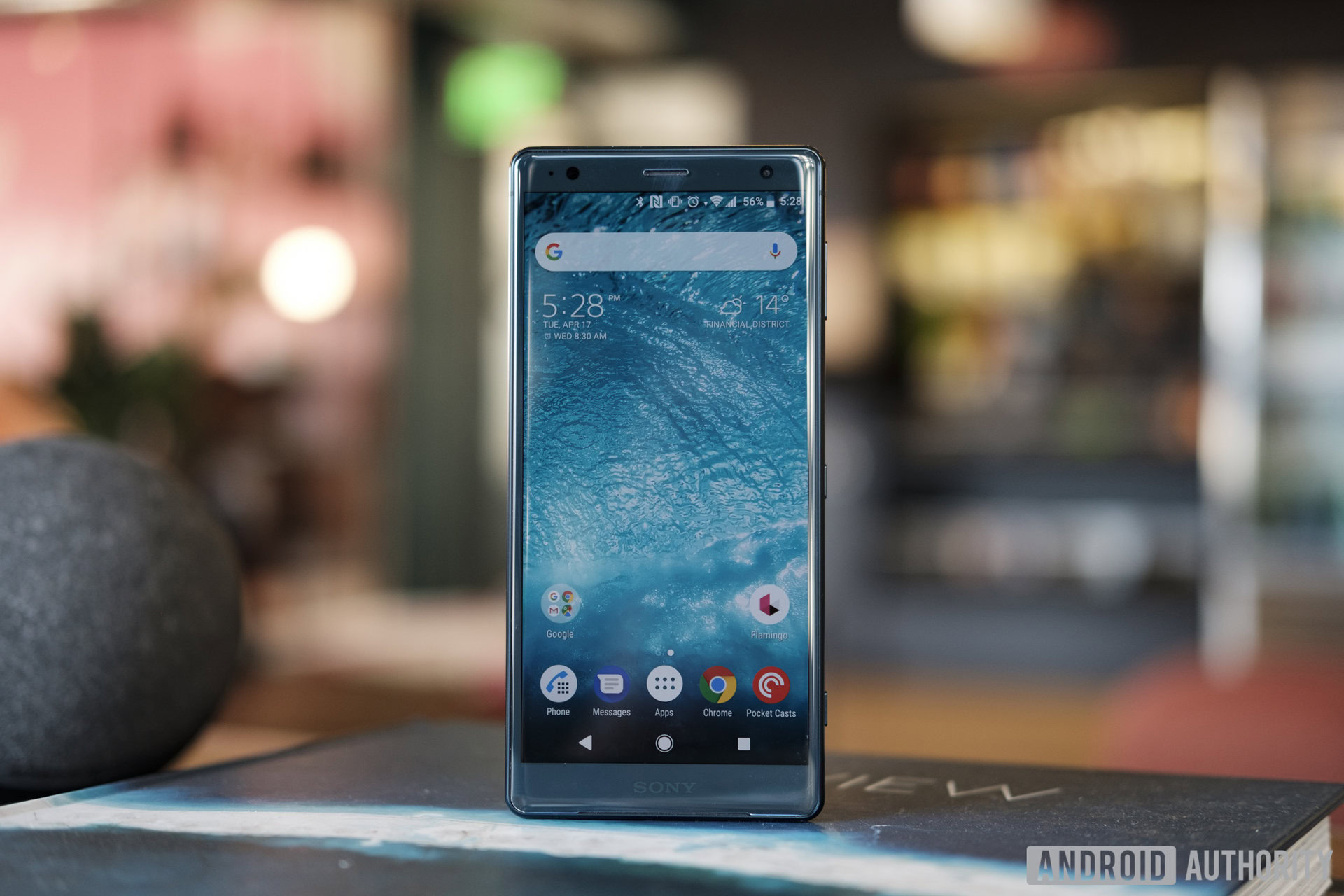
The Sony Xperia XZ2 is running Android 8.0 Oreo out of the box. However, a recent over-the-air update does give this phone access to Android 9 Pie.
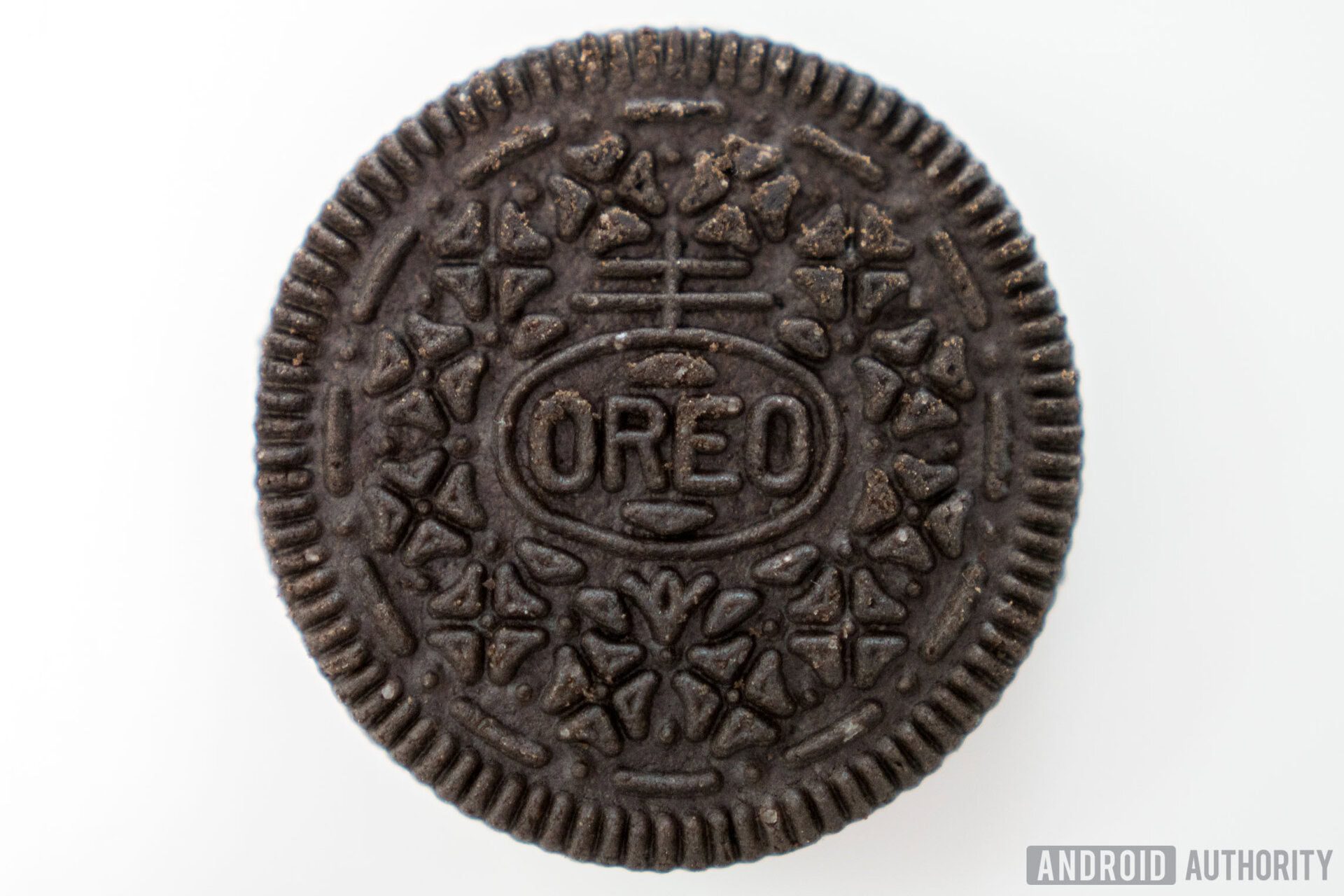
The skin on top of Android is fairly lightweight, save for a few interesting tweaks. The app drawer is weird to me — it lets you organize your apps within it however you like. I would have preferred the apps were simply listed in alphabetical order. Instead it will just add downloaded apps to the app drawer as you download them, which can lead to a lot of confusion.
If you swipe to the left of the home screen you’ll find the ancient remnants of Google Now, reformatted to simply be a Google search window. This is nice for quick searches and navigation, though I still found myself using Chrome to navigate the web. Sony also put a Google search bar at the top of the screen standard, so I don’t see much use for this window.
Overall, you probably won’t be too disappointed by this OS, but we’re hopeful it will get Android P as soon as possible after it is released.
Gallery
Specifications
| Sony Xperia XZ2 | |
|---|---|
Display | 5.7-inch FHD+ LCD 18:9 aspect ratio Corning Gorilla Glass 5 |
Processor | Octa-core Qualcomm Snapdragon 845 Mobile Platform |
GPU | Adreno 630 |
RAM | 4GB |
Storage | 64GB UFS MicroSD expansion |
Cameras | Rear camera 19MP 1/2.3-inch Exmor RS sensor, f/2.0 aperture Super slo-mo 960fps at 1080p Front camera 5MP 1/5-inch wide-angle sensor, f/2.2 aperture |
Audio | Hi-res audio, DSEE HX, LDAC, Clear Audio+, aptX HD, stereo speakers No headphone jack |
Battery | 3,180mAh Non-removable Qi wireless charging Qualcomm Quick Charge 3.0 |
IP rating / other certifications | IP68 water and dust resistance |
Network | GSM GPRS/EDGE (2G) UMTS HSPA+ (3G) LTE (4G) Cat18 with up to 1.2Gbps download speed |
Connectivity | A-GNSS (GPS + GLONASS) WiFi Miracast Bluetooth 5.0 wireless technology DLNA Certified® Google Cast NFC USB 3.1 |
SIM | Nano SIM |
Software | Android 8.0 Oreo |
Colors | Liquid Silver, Liquid Black, Deep Green, Ash Pink |
Dimensions and weight | 153 x 72 x 11.1mm 198g |
Pricing & Final Thoughts
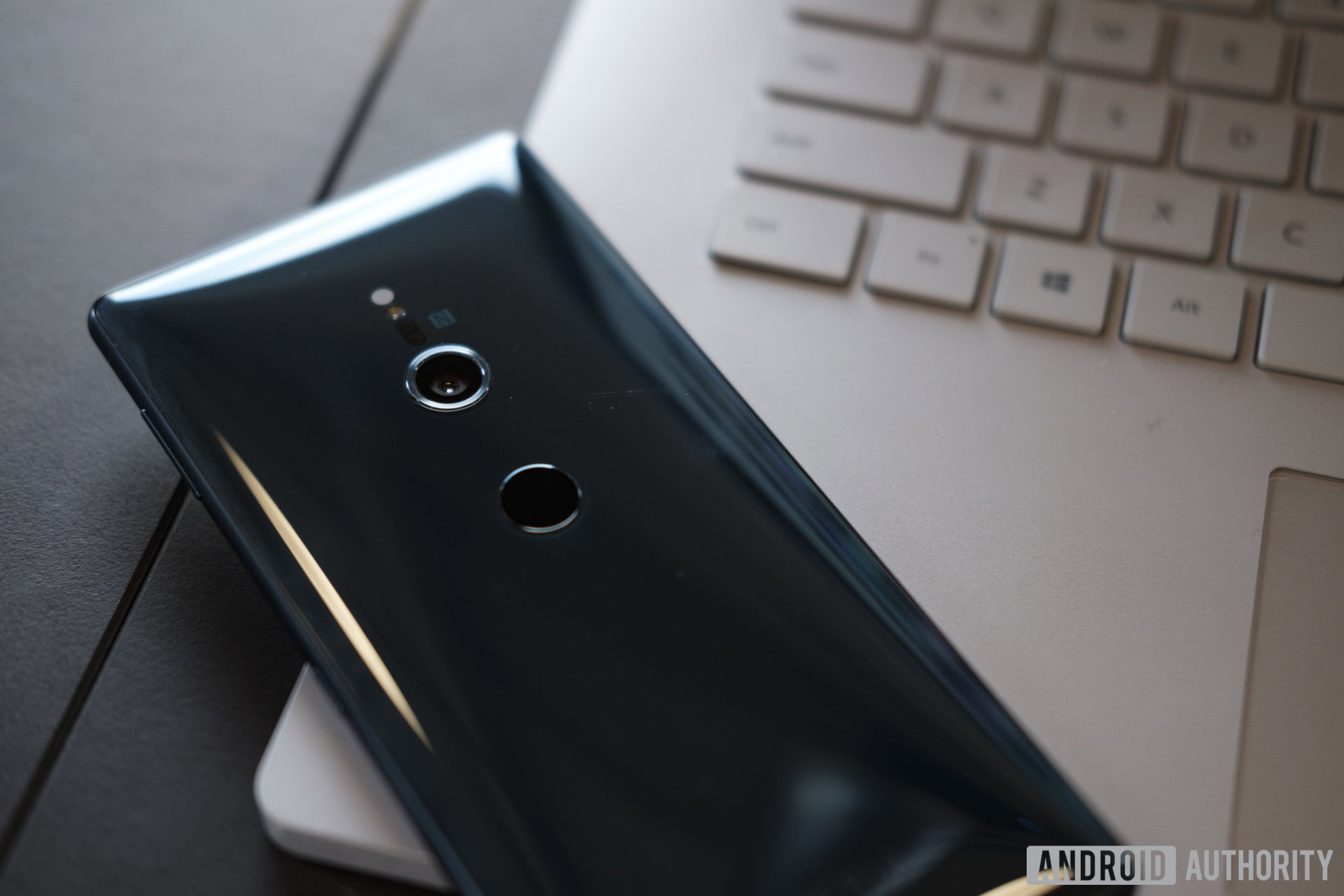
Overall, I quite like the Sony Xperia XZ2. Sony has never tried too hard to be like other manufacturers, and here it’s mostly stuck to its no-frills design language. The bulkier design is welcoming to hold. The battery life got me through a solid day and a half and charged up even faster. The processing and audio quality are top notch. The phone also has a few minor pitfalls like button placement and some major slipperiness.
Is it a good buy at $799? That’s a tough call. Unless you are really excited about the prospect of an HDR-capable screen, 3D scanning, dynamic vibration motor and 960fps video, there are probably better phones for the price. The OnePlus 6 will probably be hitting stores soon with similar specs, likely at around $500. Between that and the upcoming Pixel 3 from Google, this is a hard sell. If you’re a 3D animator or visual artist and could use these features for productivity, Sony is your best bet for a daily driver.
What do you think about the Sony Xperia XZ2? Do you like the design change? Let us know your thoughts in the comments section down below!